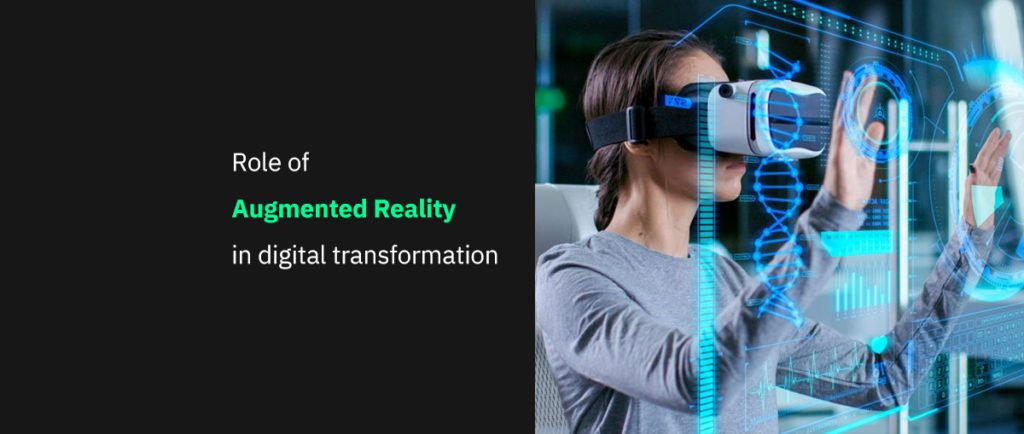
In 1992, a new form of technology was developed for the U.S Air Force. This new technology blended aspects of the digital world with the real world for different sensory experiences. This new technology, now referred to as “Augmented Reality”, also known as AR became more popular and widespread as organizations began adopting it for business purposes and communications.
Also Read: Social Media Addiction: The AI-ML Game Plan
The introduction of Augmented Reality into marketing, classrooms and various other platforms opens up an entirely new world for organizations to connect and engage with their audience. We live in a digital world, where social media and technology drive people and having this technology at one’s disposal helps expand the horizon of an organization. The popularization of mobile smart devices has brought a variety of new apps to help organizations engage with their audience. While gaming was the most popular use for AR, nowadays we see more brands and sectors using AR to engage with their target audience and prospect customers. Industries including construction, aviation, education, healthcare, and even food can use AR technology for better experiences. During the critical phase of worldwide lockdown, the need of AR has reached its highest as apart from business organizations; educational institutions also have started using AR as a tool to impart education through virtual mode.
Also Read: How Will Digital disruption Impact Your Career?
Augmented reality offers the potential for businesses to add a digital component to their physical locations and products. Target audience as well as prospect customers can scan a product or object to pull up an AR experience either for giving additional information about the product or service or for some form of supplemental experience.
For example, Movie ticket-sales companies with the help of their augmented reality app offer users to view a 3D display of the theatres where the viewers want to watch their favourite movie later. Prospects can visualize the look of the theatre from various seats to choose the right seat for them, without being physically present at the theatre.
Also Read: Secret Weapons of Digital Marketing
Augmented shopping experiences have been recognized as one of the rising trends in the retail industry as potential customers usually want to try products before purchasing them. Virtual trial rooms, cosmetic samples, automobile test drives, and many other related concepts testify to the effectiveness of Augmented Reality in today’s fast paced internet savvy world. Using AR, prospective customers can model and try on makeup, clothes, interior designs and a wide range of products and services without needing to interact with the sellers in person. AR negates the need for a large physical inventory to allow customers to try on end number of items in search of the one that best meets their needs.
Also Read: Digitally Personalizing The Brand Experience
AR can help share great stories and content, getting audience more invested than a simple picture or videos can. By allowing customers to become more involved with a brand, organizations gain their trust and establish a secure emotional relationship with their target audiences. The way we become emotionally invested in a movie or video game, the same way augmented reality tugs on our heartstrings and evokes real emotions.
With AR technology becoming more prominent and user-friendly in the last few years, more and more industry leaders across sectors have started using AR to their advantage, intending to offer better experiences by enhancing their digital presence. With technology improving and becoming more widely available, it is undeniable that AR would become essential for businesses to function in the upcoming years.
Also Read: Career Opportunities After MBA In Digital Business
Admissions are open
You can download the application form with this form

